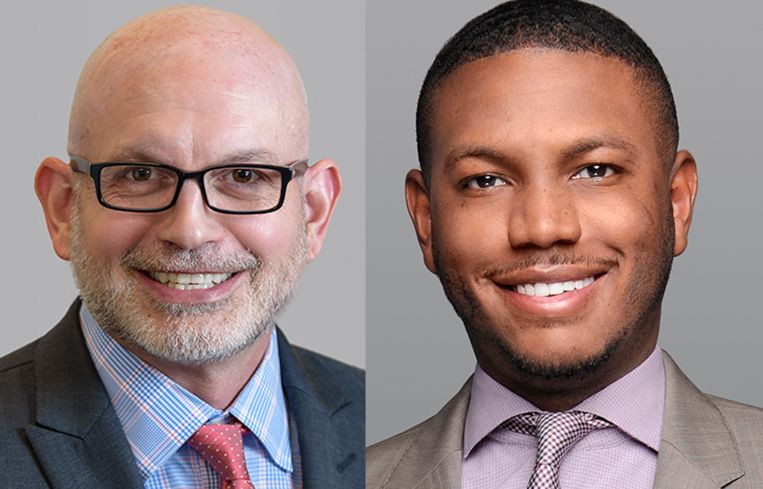Did Christmas Come for South Florida Retail Market?
By Chris Owen and Trey Davis December 30, 2021 10:25 am
reprints
With inflation on the rise across the nation, retail sales slowed over the last month. What this means for the near future is to be determined as we approach the end of the year. What we know is that in South Florida there is a greater sense of optimism as tourists flock to area hotels and restaurants. Key drivers of this are the region’s economic and demographic fundamentals over the past 20 months, which have directly led to an improved retail sector and room for current and future growth prospects.
So how did South Florida manage to achieve its strong retail market positioning? It started with the pandemic reshaping how consumers live, work and shop, which caused the retail landscape to experience significant change and innovation. South Florida’s retail sector faced challenges like most retailers post-pandemic, but the region was able to bounce back much sooner than in many other parts of the U.S. through domestic in-migration and a rebound in tourism.
New residents migrating to the area and favorable tax factors contributed to the resurgence of South Florida retail. Along with population growth, a new wave of new-to-market concepts was established on the back end of many financial services and tech-related companies relocating some operations from New York, California and elsewhere. A majority of these new transplants came with higher levels of income and affluence, contributing to increased spending power. This trend is expected to continue over the next several years with South Florida’s population predicted to surpass 6.4 million people by 2025.
Total retail sales in South Florida this year have rebounded even though retail employment is not expected to recover until the end of 2023. By year-end, retail sales were expected to rise to over $40 billion, which represents a 20 percent step up when compared to year-end 2020. Priorities are predicted to shift away from strictly domestic consumer demand in 2021 to a more balanced approach starting in 2022 that’s dependent on significant international travel. The combination of domestic and international travelers into the mix will help the retail market to recover at a quicker pace, drawn to South Florida's alluring sandy beaches, eclectic art scene, multiculturalism and vast multitude of shopping and dining options.
Like retail sales volume, investor demand in South Florida retail assets also rebounded in 2021 after experiencing a significant decrease in 2020. Retail sales totaled $2.5 billion through the third quarter of 2021, surpassing the entire sales volume for 2020. Average sales price per square foot also increased, jumping 12 percent year-to-date compared to year-end 2020 and 25 percent year-to-date compared to year-end 2019. Grocery-anchored retail centers were one of the hottest segments for investors in South Florida and one of the most resilient asset types nationally during the pandemic and continue to be post-pandemic.
Retailers in South Florida also regained confidence in 2021 as leasing activity recovered to pre-pandemic levels. There was 8.2 million square feet leased in the region year-to-date. Market areas such as Wynwood, the Miami Design District, FAT Village in Fort Lauderdale, Boca Raton and downtown West Palm Beach all saw increased leasing demand. Many of the users occupying space were restaurant operators and fitness centers that opened their businesses to capitalize on the booming South Florida economy along with fewer restrictions compared to other major metro areas.
As we look forward to 2022, South Florida is expected to have long-term viability and will likely continue to experience consumer spending growth while also becoming an ideal hub for retailers to be located.



